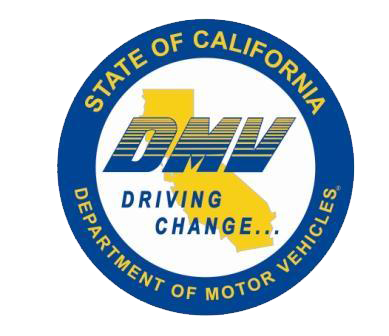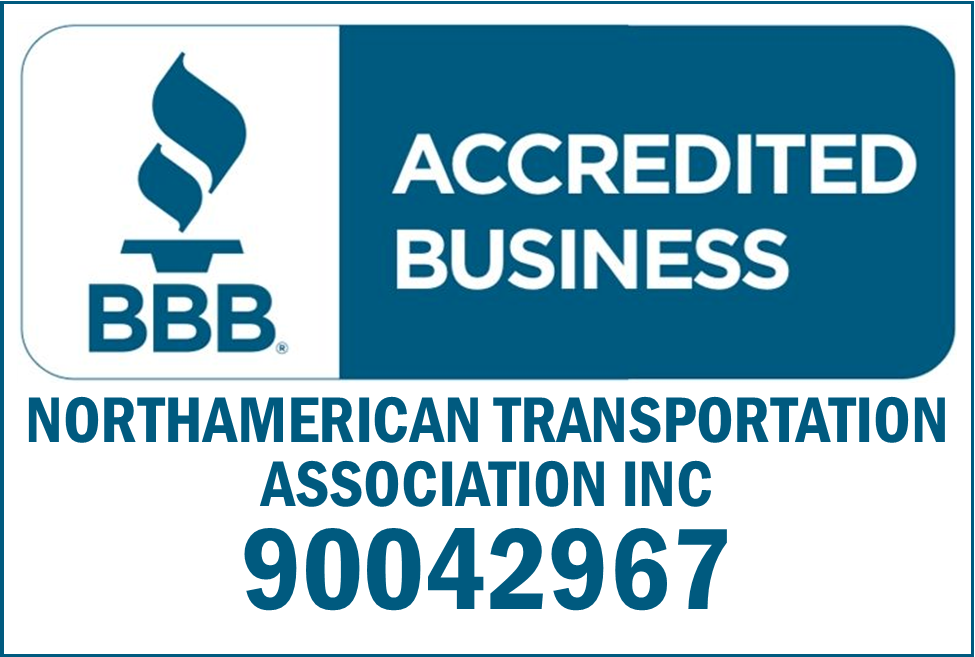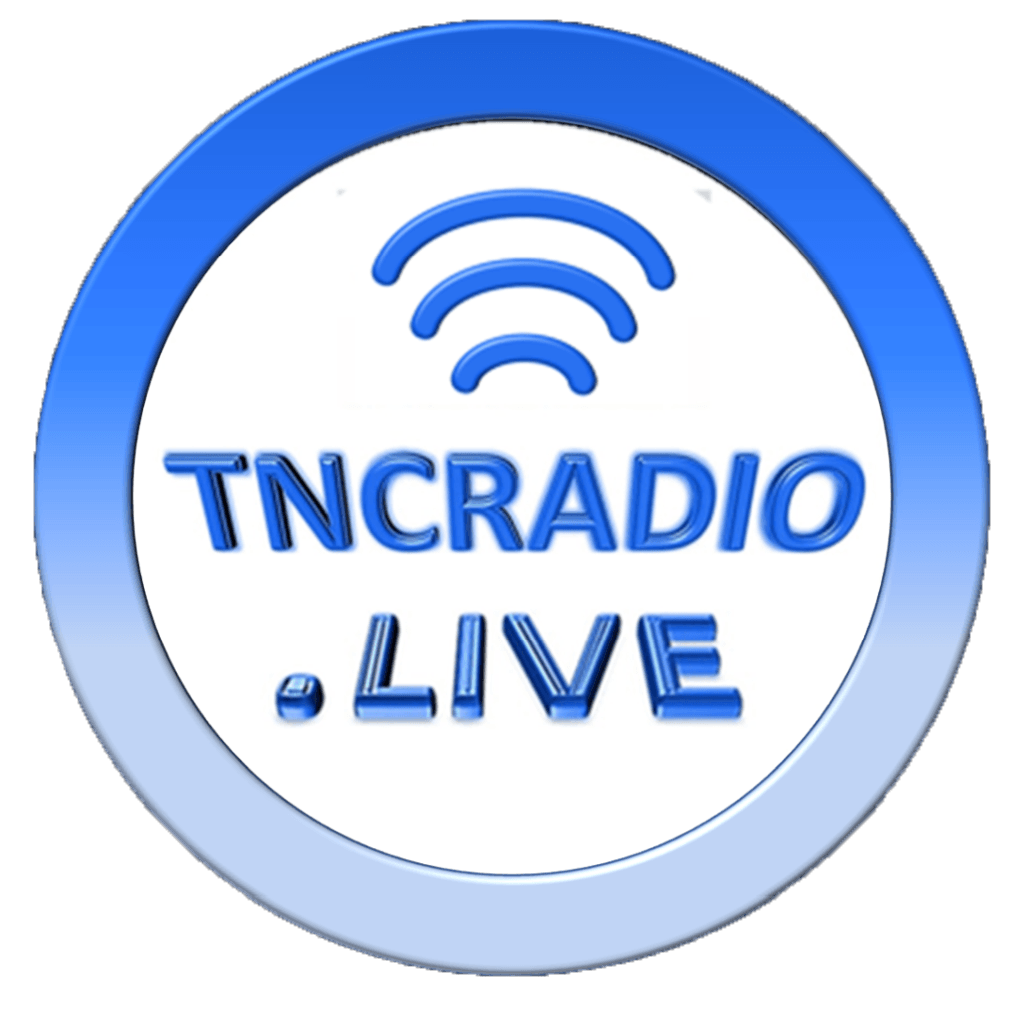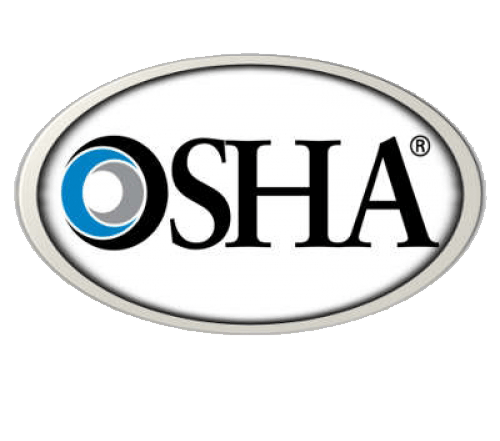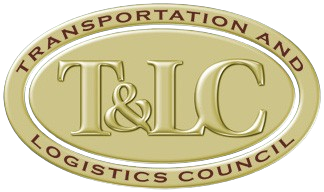Gov Newsom Needs to Wake Up
The last time there was an exodus this big in California, it was directed by Cecil B. DeMille.
The state’s population declined in 2020 for the first time in its history, and it appears that California will lose a congressional seat in the reapportionment following the 2020 Census. Even more concerning for the future is the mass departure of job-creating businesses.
The Hoover Institution at Stanford University reported in September 2020 that 765 commercial facilities left California in 2018 and 2019. That doesn’t include an estimated 13,000 businesses that crossed the border into other states between 2009 and 2016.
In 2020, even more companies joined the exodus. Tech giants Oracle and Hewlett-Packard Enterprise packed up their headquarters and headed for Austin and Houston, respectively. Palantir announced that its headquarters would move from Palo Alto to Colorado.
Governor Gavin Newsom is in denial. In his State of the State address, Newsom insisted that everything’s fine for businesses in California. “The special mix of audacity, human capital, and creativity found only in California means there’s literally no better place to do business,” he said.
That’s literally not true. California policies have created the highest in the nation cost-of-living and strictest in the nation regulatory costs. As a result, a growing number of companies are “relocating, redistributing or centralizing” their operations – and their jobs – in California and across the United States.
In California, jobless claims rose to 108,600, up 1,800 from the prior week, the U.S. Labor Department reported. The jobless claims marked the second straight week the numbers were above 100,000.
Small business revenues in California are down 29% since the start of the pandemic, and small business openings are down even further at 34.4%. California has regained only 34% of the 2.71 million jobs that it lost in the pandemic year.
Restaurants, hotels, retail, and small businesses have taken a hammering and don’t show any sign of coming back soon. Until they come back, the job market is going to be in dire condition.
The number of Americans seeking unemployment benefits rose last week to 770,000, a sign that layoffs remain high even as much of the U.S. economy is steadily recovering from the coronavirus recession.
Jobless claims climbed from 725,000 the week before. The numbers have dropped sharply since the depths of the recession last spring but still show that employers in some industries continue to lay off workers. Before the pandemic struck, applications for unemployment aid had never topped 700,000 in any one week.
The four-week average of claims, which smooths out weekly variations, dropped to 746,000, the lowest since late November.
A total of 4.1 million people are continuing to collect traditional state unemployment benefits, down 18,000 from the previous week. Including separate federal programs that are intended to help workers displaced by the health crisis, 18.2 million Americans were receiving some form of jobless aid in the week of Feb. 27, down by 1.9 million from the week before.
The continuing layoffs are occurring even as the overall job market has shown solid improvement. Last month, U.S. employers added a robust 379,000 jobs, the most since October and a sign that the economy is strengthening as consumers spend more and states and cities ease business restrictions.
No single factor fully explains the still-high level of weekly applications for state unemployment aid. The figures have been clouded by backlogs in processing and by evidence of fraud at the state level. In addition, the expansion of supplemental federal unemployment benefits has likely encouraged more jobless Americans to apply for aid.
California is also losing its advantage as a leader in venture capital funding. In January, the 2021 U.S. Venture Capital Outlook report said $156.2 billion of venture capital was raised in the U.S. in 2020, and 22.7% of that was derived from deal making in the Bay Area, with nearly 40% invested in Bay Area-headquartered companies. But now the Bay Area’s share of U.S. venture capital is projected to fall below 20% for the first time ever.
As telecommuting grows in the post-pandemic economy, it is even easier for companies to relocate to cities where the cost of living is lower, places that don’t win national competitions for Worst Business Climate or Number 1 Regulatory Hellhole.
Into this dire situation charges the California Legislature with worse ideas to discourage job creation.
The California Chamber of Commerce has just released its 2021 list of Job Killer bills. The list includes new additions to existing mandates, which already require employers to provide
- paid family leave,
- paid sick days,
- COVID-19 sick leave and emergency time off.
Further, the California Air Resources Board is proposing an “Advanced Clean Fleets Program” that sets targets for buying electric vehicles for public and private fleet owners, using a phased-end approach that would require ALL FLEETS to be transitioned to 100% zero-emission vehicles by 2049.
Additionally, the South Coast Air Quality Management District is scheduled to have a hearing on April 2, 2021 on its “Warehouse Indirect Source Rule.” About 3,000 existing warehouses over 100,00 square feet in size would be REQUIRED to reduce truck tailpipe emissions from vehicles that serve their facilities by replacing them with electric or fuel-cell trucks and installing electric charging infrastructure. Otherwise, each warehouse owner would be required to pay a “mitigation fee,” estimated at 90 cents per square foot to the AQMD to be used by others to buy clean-fuel trucks and equipment.
For those of you that are mathematically challenged a 250 x 400 building is 100,000 Sq Ft and that fee would be about $90,000. Do you really think any warehouse facility is going to pay that fee and who is going to get charged while their vehicle is charging – the person who is either delivering or picking up - who else. Simply put, you will not be able to deliver and/or pick freight unless your vehicle is up-to-snuff.
Now they want to add the following:
- AB 5 would eliminate most independent contractors
- AB 95 would require bereavement leave.
- AB 995 would add more paid sick days.
- AB 1003 would impose criminal liability on employers who get it wrong, even if the mistakes were made in a good faith effort to comply with the state’s thick code of wage and hour laws.
- AB 1041 would allow employees to take paid family leave to care for non-family members.
- AB 1119 would require employers to grant time off for family responsibilities.
- AB 1179 would require employers to pay for up to 60 hours of employees’ child care costs every year.
It all sounds great until you add it up and try to pay for it. Maybe if Sacramento stopped treating businesses as if they were a Biblical plague, the exodus would end and Californians would once again be able to find good jobs without having to leave the state.
Content Disclaimer: Due to the constantly changing nature of government regulations, it is impossible to guarantee the total and absolute accuracy of the material contained herein or presented. NorthAmerican Transportation Association (NTA) cannot and does not assume any responsibility for omissions, errors, misprinting or ambiguity contained. NTA shall not be held liable in any degree for any loss, damage or injury caused by any such omission, error, misprinting or ambiguity present. It is made available with the understanding that NTA is not engaged in rendering legal, accounting or other professional service. If legal advice or other expert service is required, the services of such a professional should be sought.



